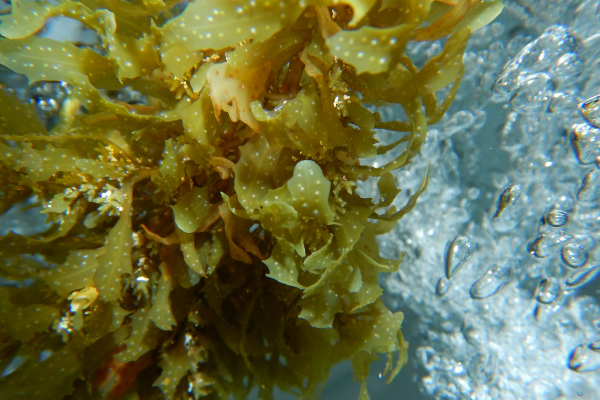The seaweed is always greener in someone else’s… farm.
Different varieties of seaweed and kelp have hit headlines the past few years, and interest is growing. But, interested parties are being entangled in red tape.
Soundbite: “We lag behind the rest of the world in aquaculture production,” said Sarah Brenholt, campaign manager with Stronger America Through Seafood, an aquaculture industry group. “One of the reasons for that is the lack of a clear, predictable framework.”
Ocean waters and saltwater tanks hold potential to grow seaweed, and it could potentially kelp the environment by sequestering atmospheric carbon. Many also see another health food for both humans and animals, pharmaceutical applications, fertilizers, bioplastics, biofuels, and textiles. And it doesn’t take up any more arable land, which is also in short supply.
Zoom out: Currently, most seaweed is harvested in Asia, with China, Indonesia, and the Philippines leading the way in the $15B global business. In the U.S., the market is not as developed.
However, the future doesn’t necessarily hold smooth sailing.
During the World Ocean Summit’s panel discussion on the seaweed industry, panelists lined out the challenges facing this newer industry. Fundamentals need to be established, and the industry needs more research and development on the potential for scaling and seeing climate benefits.
For now, methods and end-user knowledge gaps are keeping new companies close to shore, in the pilot stage.

